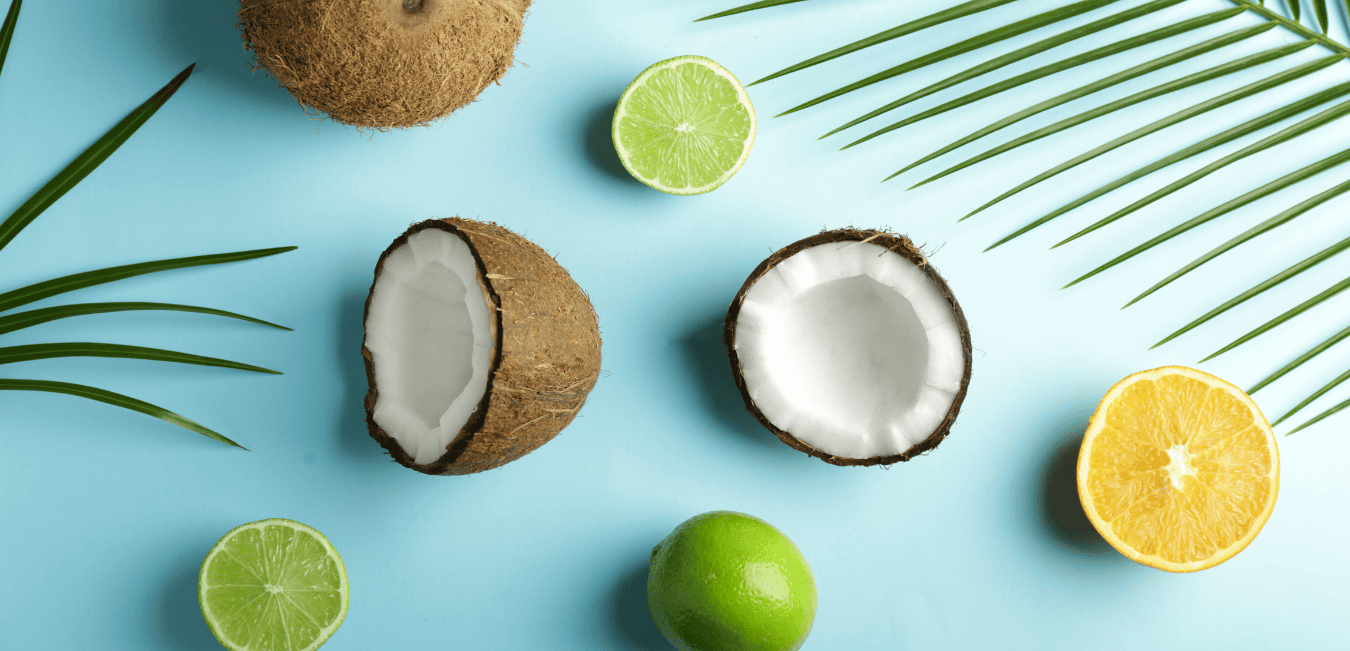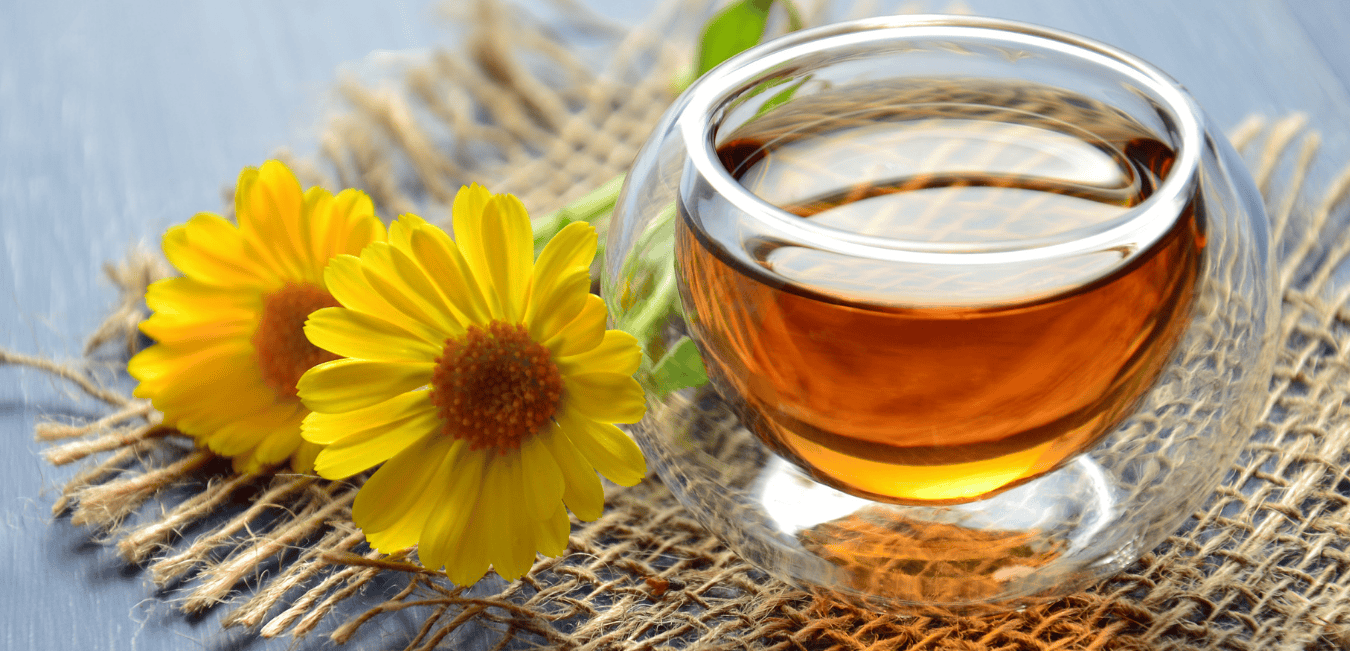Strains and sprains are common injuries in children, especially those who are active in sports. Both injuries can cause pain and discomfort, but they differ in the tissues affected. These injuries are often manageable at home (though a trip to the doctor may be necessary to rule out a broken bone or more serious injury). This article helps parents learn how to recognize strains and sprains and know when a doctor’s visit is needed. It also provides tips on home care to manage discomfort and encourage recovery.
Recognizing a Sprain or Strain (And How To Know If a Bone is Broken)
A sprain occurs when a ligament (the tough band of tissue connecting bones) is stretched or torn, usually at the ankle, wrist, or knee (1). A strain, on the other hand, involves injury to the muscles or tendons (the tissue connecting muscles to bones), often due to overstretching, overuse, or pulling of the tissue too far (1). Strains frequently occur in the muscles at the back of the thigh (hamstrings), but they can affect any muscle or tendon in the body.
It’s sometimes difficult to tell the difference between a sprain, a strain, and a broken bone, as they can all cause significant pain. Though not intended to be a diagnostic tool, the chart below contains a few signs that help show the differences between the types of injury. Please note that these signs are generalizations and the only reliable way to confirm whether a bone is broken is by using imaging, such as an X-ray, which is why it’s essential to see a doctor if you are at all unsure.
| Strain | Sprain | Broken Bone | |
|---|---|---|---|
| Pain | Muscle pain or tenderness, especially during movement. | Pain is present but generally localized around the joint. | Severe, immediate pain: the pain may be sharp and radiating, often worsening with movement or pressure. |
| Swelling | Mild swelling may occur in the affected muscle or tendon. | Swelling occurs. | Significant swelling is present, and the limb may look crooked, misshapen, or out of place. |
| Bearing Weight | Your child can bear weight, though it might be uncomfortable. | Your child may be able to put some weight on the joint, although it will be painful. | Your child may not be able to move the limb or put any weight on it. |
| Numbness | Numbness is not usually present. | Numbness is not usually present. | Numbness and/or loss of sensation may be present and can indicate nerve damage or poor blood flow. |
When to Seek Medical Attention for a Strain or Sprain
While most strains and sprains can be treated at home, certain situations warrant a visit to the doctor. Seek medical care if:
- Your child cannot bear weight on the affected joint or use the injured limb.
- The joint or muscle appears deformed or misshapen.
- Severe pain or swelling persists for more than 24-48 hours despite treatment.
- Bruising is extensive or spreads far beyond the injured area.
- Numbness or tingling occurs.
- A popping or snapping sound was heard at the time of injury.
- Fever develops or the area becomes warm and red, which could suggest an infection in the joint or muscle.
- Something doesn’t seem right or you suspect a broken bone.
In cases of suspected fracture or severe injury, it’s important to get an X-ray or other imaging to assess the damage. The doctor may recommend splinting, casting, or even surgery, depending on the severity of the injury.
Immediate Care: RICE Method
The RICE method (Rest, Ice, Compression, and Elevation) is generally the go-to first aid treatment for both sprains and strains (2):
Rest
Encourage your child to avoid putting pressure on the affected joint or using the injured muscle. Resting the area prevents further injury to the ligament or muscle. A mild sprain or strain should be rested for 24-72 hours, but a more severe injury may need several weeks of rest. If symptoms are not improving after a few days of rest, consult a doctor.
 Ice
Ice
Apply ice or a cold pack wrapped in a cloth to the injured area for 5-15 minutes every 2-3 hours during the first 48 hours. Ice helps reduce swelling and numbs the pain. Avoid placing ice directly on the skin.
Compression
Wrap the injured joint or muscle with an elastic bandage to help minimize swelling. Be careful not to wrap it too tightly, as this can cut off circulation. The wrap should feel snug but not painful. This can be tricky on young kids, so regularly check that the wrap is not too tight by observing changes in skin color, temperature, or swelling beyond the wrap. The skin should feel warm to the touch, not cold, as a cooler temperature may indicate restricted blood flow.
Elevation
Elevate the injured limb above heart level whenever possible, especially during the first 24-48 hours. This may help reduce swelling and aid the healing process.
Note: Not all injuries are equal, and there is some debate about whether RICE is always the best approach. Other treatment methods, like POLICE (Protect, Optimal Loading, Ice, Compression, Elevation) or MEAT (Movement, Exercise, Analgesics, Treatment), may also be used depending on the injury. POLICE emphasizes optimal loading – which means using the injured limb or joint gradually and carefully to maintain strength and flexibility during recovery.
Optimal loading can be challenging for young kids. Children often lack the self-awareness or self-control to engage in safe activity levels, especially if the activity is fun or competitive. And for parents, it can be difficult to judge exactly how your child is feeling. In these cases, rest might be a safer option early on to prevent reinjury.
Ultimately, professional guidance is best. If you’re unsure of the best approach, consult a healthcare professional.
Natural Remedies for Strains and Sprains
Along with the RICE method, there are several home remedies that can help manage discomfort and promote healing.
Arnica for Strains and Sprains
Arnica montana is a powerful herb that is widely used for its soothing effect on bumps, bruises, muscle soreness, and strains (3). Arnica can be applied topically as an oil and taken internally in its homeopathic form (3). For strains and sprains, apply arnica topically to the injured area 2-3 times a day. Just be sure not to apply it to broken skin or open wounds.
To learn more, read this article: Arnica Oil for Topical Pain Relief
Homeopathic arnica pellets can be taken starting immediately after the injury occurs. A common dosing schedule is every 15 minutes for the first hour to help reduce swelling and alleviate pain. After the initial hour, the dosage can be reduced to every few hours, depending on the severity of the injury and your child’s response to the treatment. Continue this until noticeable improvement is seen, then reduce the frequency to 2-3 times per day as needed until the injury heals.
To learn more, read this article: How To Use Homeopathic Remedies – A Quick-Start Guide For Families
Herbal Support for Strains and Sprains
Herbs are a wonderful and time tested way to support your child at home as they recover from a mild strain or sprain. For kids, herbs are often given as a glycerite or in a tea. Some of my go-to herbs for sprains and strains include:
- Lemon Balm: Lemon balm helps soothe tension and can reduce occasional discomfort related to muscle and joint pain (4). Lemon balm is also supportive of a healthy inflammatory response (4).
- Yarrow: Yarrow is traditionally used to support the inflammatory response and it may help ease swelling, too (5).
- Turmeric Root: Rich in curcumin, turmeric is a powerful herb that is well researched for its ability to support the inflammatory response. In fact, studies show that, when compared to NSAIDS, turmeric performs equally for pain management (6).
- Ginger Root: I love ginger for its ability to soothe occasional muscle soreness and inflammation (7). I also love it in this golden milk recipe!
Over-The-Counter Pain Medication For Strains and Sprains
If the home care techniques above aren’t providing enough relief, it is appropriate to give your child over-the-counter pain medication. Ibuprofen (Advil/Motrin) is generally the preferred option for sprains and strains because it not only helps with occasional discomfort but also with inflammation. Please note that ibuprofen can irritate the stomach, so I like to follow ibuprofen use up with a few days of herbs like slippery elm, marshmallow root, and/or ginger to help soothe the GI tract.
If you opt for acetaminophen (Tylenol), giving vitamin C alongside it may support liver function and reduce the potential glutathione depletion that can occur with frequent acetaminophen usage. Always follow proper dosing instructions and use pain medication only when necessary.
To learn more about over the counter pain medication, read this article: Are Over-The-Counter Painkillers Safe?
Addressing Frequent Strains or Sprains
Sometimes, a child repeatedly injures the same joint. If your child seems to experience mild sprains on a regular basis this can signal underlying issues such as:
- Joint Hypermobility: Children with more flexible joints (sometimes called “double-jointed”) are more prone to sprains because their ligaments are naturally looser (8). Similarly, strains may occur more frequently if their muscles are overstretched due to flexibility.
- Weak Muscles Around the Joints: Poor muscle strength or balance, particularly in the core, can increase the risk of both sprains and strains (9).
Ways to Reduce the Risk of Recurrent Strains or Sprains
To reduce the risk of recurrent strains or sprains in children, a doctor or physical therapist may advise you to help your child strengthen the muscles around the injured joint. Incorporating games that target the legs, core, and supporting muscles will improve stability and reduce injury risk. Balance and proprioception training, like standing on one foot, using a wobble board, or just frequently playing at the playground, can enhance coordination, making the body more responsive to uneven surfaces. Consulting a physical therapist for targeted exercises is a good idea if your child experiences frequent injuries.
Supplements for Joint Health
In my practice, I sometimes recommend that kids and adults who are prone to joint injury take a collagen supplement. Anecdotally, people often find this helpful, though the research is still in early phases (10). Additionally, the cell salt Calcarea Fluorica 6x (Calc Fluor), which is best known for its positive effect on bones and teeth, may be helpful to strengthen ligaments and other connective tissue (11,12). Calc fluor is usually given as 2-4 tablets, 3 times per day. As always, consult with a professional to determine if either of these approaches are right for you.
Summary
Strains and sprains are a common part of childhood, but they can be very uncomfortable. Home care, like the RICE Method, and herbs, like arnica and turmeric, can help. Parents need to be aware of when to suspect a broken bone and seek medical care. If your child seems to get strains and sprains more often than their peers, it may be worth checking with a physical therapist to address potential underlying issues, like muscle strength imbalances or joint hypermobility.
References:
- John Hopkins Medicine. (2021). Sprains and Strains in Children. Www.hopkinsmedicine.org. https://www.hopkinsmedicine.org/health/conditions-and-diseases/sprains-and-strains-in-children
- Cedars-Sinai. (2024). Sprains and Strains in Children. Cedars-Sinai.org. https://www.cedars-sinai.org/health-library/diseases-and-conditions—pediatrics/s/sprains-and-strains-in-children.html
- National Institute of Diabetes and Digestive and Kidney Diseases. (2012). LiverTox: Clinical and Research Information on Drug-Induced Liver Injury. Bethesda (MD); 2012-. Arnica Montana. [Updated 2023 Mar 3]. https://www.ncbi.nlm.nih.gov/books/NBK589897/
- Pelvan, E., Karaoğlu, Ö., Önder Fırat, E., Betül Kalyon, K., Ros, E., & Alasalvar, C. (2022). Immunomodulatory effects of selected medicinal herbs and their essential oils: A comprehensive review. Journal of Functional Foods, 94, 105108. https://doi.org/10.1016/j.jff.2022.105108
- Mount Sinai Health System. (n.d.). Yarrow Information. Mount Sinai – New York. https://www.mountsinai.org/health-library/herb/yarrow
- Paultre, K., Cade, W., Hernandez, D., Reynolds, J., Greif, D., & Best, T. M. (2021). Therapeutic effects of turmeric or curcumin extract on pain and function for individuals with knee osteoarthritis: a systematic review. BMJ open sport & exercise medicine, 7(1), e000935. https://doi.org/10.1136/bmjsem-2020-000935
- Anh, N. H., Kim, S. J., Long, N. P., Min, J. E., Yoon, Y. C., Lee, E. G., Kim, M., Kim, T. J., Yang, Y. Y., Son, E. Y., Yoon, S. J., Diem, N. C., Kim, H. M., & Kwon, S. W. (2020). Ginger on Human Health: A Comprehensive Systematic Review of 109 Randomized Controlled Trials. Nutrients, 12(1), 157. https://doi.org/10.3390/nu12010157
- Nationwide Children’s Hospital. (n.d.). Hypermobile Joints. Www.nationwidechildrens.org. https://www.nationwidechildrens.org/conditions/hypermobile-joints
- Wilkerson, G. B., Giles, J. L., & Seibel, D. K. (2012). Prediction of core and lower extremity strains and sprains in collegiate football players: a preliminary study. Journal of athletic training, 47(3), 264–272. https://doi.org/10.4085/1062-6050-47.3.17
- Martínez-Puig, D., Costa-Larrión, E., Rubio-Rodríguez, N., & Gálvez-Martín, P. (2023). Collagen Supplementation for Joint Health: The Link between Composition and Scientific Knowledge. Nutrients, 15(6), 1332. https://doi.org/10.3390/nu15061332
- Bansal, K., Balhara, N., & Marwaha, M. (2014). Remineralizing efficacy of Calcarea Fluorica tablets on the artificial carious enamel lesions using scanning electron microscope and surface microhardness testing: in vivo study. Indian journal of dental research : official publication of Indian Society for Dental Research, 25(6), 777–782. https://doi.org/10.4103/0970-9290.152204
- Card, D. R. (2014). 12 Essential Minerals for Cellular Health: An Introduction to Cell Salts. United States: Kalindi Press.



2 Comments